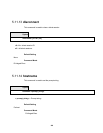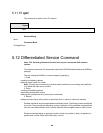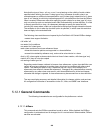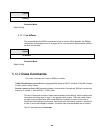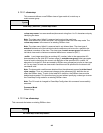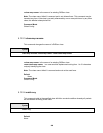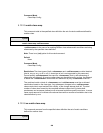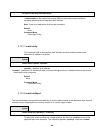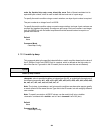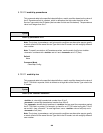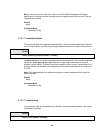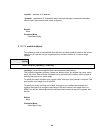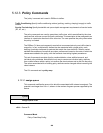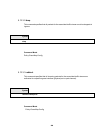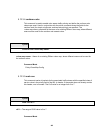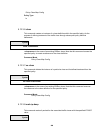
261
echo, ftp, ftpdata, http, smtp, snmp, telnet, tftp, www. Each of these translates into its
equivalent port number, which is used as both the start and end of a port range.
To specify the match condition using a numeric notation, one layer 4 port number is required.
The port number is an integer from 0 to 65535.
To specify the match condition using a numeric range notation, two layer 4 port numbers are
required and together they specify a contiguous port range. Each port number is an integer
from 0 to 65535, but with the added requirement that the second number be equal to or
greater than the first.
Default
None
Command Mode
Class-Map Config
5.12.2.9 match ip dscp
This command adds to the specified class definition a match condition based on the value of
the IP DiffServ Code Point (DSCP) field in a packet, which is defined as the high-order six
bits of the Service Type octet in the IP header (the low-order two bits are not checked).
Syntax
match ip dscp <value>
<dscpval> value is specified as either an integer from 0 to 63, or symbolically through one of
the following keywords: af11, af12, af13, af21, af22, af23, af31, af32, af33, af41, af42, af43,
be, cs0, cs1, cs2, cs3, cs4, cs5, cs6, cs7, ef.
Note: The ip dscp, ip precedence, and ip tos match conditions are alternative ways to specify
a match criterion for the same Service Type field in the IP header, but with a slightly different
user notation.
Note: To specify a match on all DSCP values, use the match [not] ip tos <tosbits>
<tosmask> command with <tosbits> set to 0 and <tosmask> set to 03 (hex).
Default
None
Command Mode
Class-Map Config



